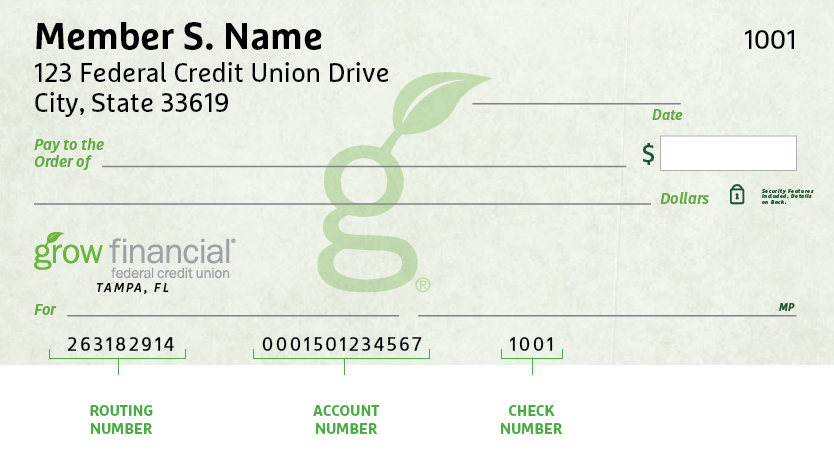- Personal
- Membership
- Membership
- Rates & Fees
- Checking
- Checking
- Personal Loans
- Personal Loans
- Wealth Management
- Investment Services
- Financial Advisors
- Resource Center
- Business

March 9, 2023
Homebuyer Scam Alert: Avoid Real Estate Wire Fraud
Buying a home is a big deal. It also happens to be one of the most complex and expensive purchases you’ll ever make, which makes homebuying a breeding ground for fraudsters who prey on unsuspecting buyers. Wire fraud is a growing problem, and according to the FBI, wire transfer fraud has become one of the most common forms of real estate fraud in the United States, costing victims millions of dollars each year.1 Let’s talk about how to stay safe while you’re closing on your new home.
What is real estate wire fraud?
Real estate wire fraud is categorized by the FBI as a type of business email compromise (BEC) fraud.2 In a BEC scheme, criminals send an email that appears to come from a known source. Here’s how that works when it comes to real estate:
- Convincing email. The scammer will send an email that looks like it’s from your real estate agent, title company or lender, asking you to wire money to a certain account for your down payment or closing costs.
- Urgency in the subject. These emails will often have a subject line that seems urgent and legitimate, such as “Urgent: new wiring instructions” or “Important change: don’t delay your closing.” The email is designed to get you to let your guard down and think time is of the essence.
- Fake account information. Unfortunately, the account information provided in the email actually points to a bank account controlled by the scammer, not your agent or lender.
Because one successful scam can net thousands, scammers take their time to make their communications seem realistic and match your homebuying timeline. Since you’d already be expecting to make a wire transfer during real estate transactions, it’s easy to miss the red flags and wire money to the wrong place, which can result in a huge financial loss for the homebuyer and delay the closing process. The worst part: once the money is gone, it’s very difficult to get it back.
How can homebuyers avoid wire fraud?
Real estate wire fraud can be tough to detect because it often involves someone you trust — a scammer impersonating someone you trust, that is. That’s why it’s so important that homebuyers be aware of this type of scam and know what to look for.
Here are a few ways to help you avoid wire transfer fraud and protect yourself when purchasing a new home:
- Verify the recipient’s identity at each step. Before you send a wire transfer, it is important to verify the recipient’s identity and account information, ideally multiple times — when you initially get the information from your title company or real estate agent and again before you send the wire at your credit union or bank. Remember not to rely on any phone number or email address provided by email, because those could be part of the scam. It’s best to go directly to the company’s official website to confirm the correct phone number.
- Don’t click on links in unsolicited emails. Be cautious of unsolicited emails that ask for your personal or financial information. Don’t click on any links or download any attachments you aren’t expecting, which may contain malware.2
- Be suspicious of last-minute changes and pressure to act quickly. If you receive a request for a last-minute change to the wire transfer information or feel pressured to act quickly, be very cautious. That’s a red flag warning you to contact your real estate agent or title company directly.
Wire fraud in real estate transactions is a serious issue that can have devastating consequences for homebuyers. By staying vigilant and double-checking all wire instructions before you send money, you can protect yourself when purchasing a home.
1FBI Internet Crime Report 2021. Accessed February 22, 2023. https://www.ic3.gov/Media/PDF/AnnualReport/2021_IC3Report.pdf
2Scams and Safety: Business Email Compromise. FBI.gov. Accessed February 22, 2023. https://www.fbi.gov/how-we-can-help-you/safety-resources/scams-and-safety/common-scams-and-crimes/business-email-compromise
Posted In:
How to Find Your Routing & Account Numbers
When you make a payment online, by phone or on a mobile device, you may be asked for our routing number and your checking account number. Credit unions and banks use these numbers to identify accounts and make sure money gets where it’s supposed to be. You’ll also need to provide your routing and checking account numbers for:
- Direct deposits
- Electronic checks
- Military allotments
- Wire transfers
Where to Find Your Routing & Checking Account Numbers
Your personal checks include both our routing number and your account number, as shown on the Grow check example below.

Don’t have a Grow check? No worries.
Visit any Grow store and ask for a Direct Deposit Form. It lists both your routing number and checking account number.
Making a Loan Payment
Incorrect Phone Number Alert
We’ve identified an incorrect phone number listed in a letter sent to a select group of new members with auto loans. The incorrect number is NOT affiliated with Grow. Please be sure to use our official phone number, 800.839.6328, which you can verify on our Contact Information page. For your security, keep your personal information safe and avoid sharing it over the phone, email or text message. We will never ask you for your credit or debit card security code, expiration date or PIN, login security codes, or your online banking password.
When it comes to making payments, we try to make it as painless as possible to pay your loan every month. We have several different ways to pay, including convenient online options.
Pay Online
You have two ways to pay online by transferring funds from another bank or credit union.
- Grow Online Banking (Preferred payment method for any loan)
This is the simplest way to pay your loan. You can make one-time payments or set up automatic recurring payments in Grow Online Banking. Once you log in, select “Transfer/Payments” from the menu. If you’re not enrolled in Grow Online Banking yet, you can set up your account in just a few minutes.
Log In
- Debit Card or ACH (Available for auto, personal loans and HELOCs)
Note: ACH and debit card payments are not available for credit cards or most mortgages, except HELOCs.
We accept ACH payments with no additional fees, consumer Mastercard® and Visa® debit cards with a convenience fee of $4.95, or commercial Mastercard® and Visa® debit cards with a convenience fee of 2.95% of the payment amount. To get started with an online ACH or debit card payment, select Pay Now below.
Pay Now
Pay by Mail
You can also pay any Grow loan by check through the mail. Please remember to include your account number and Grow loan number on the check. (For credit card payments, please do not write your 16-digit credit card number on the check, which can cause a delay in processing the payment.)
Address for auto, credit card, personal loan and HELOC payments:
Grow Financial Federal Credit Union
P.O. Box 75466
Chicago, IL 60675-5466Address for personal first or second mortgages and home equity payments:
Grow Financial Federal Credit Union
P.O. Box 11733
Newark, NJ 07101-4733You Are About To Leave GrowFinancial.org
At certain places on this site, there are links to other websites. Grow Financial Federal Credit Union does not endorse, approve, represent, certify or control those external sites. The credit union does not guarantee the accuracy, completeness, efficacy, timeliness or accurate sequencing of the information contained on them. You will not be represented by Grow Financial Federal Credit Union if you enter into a transaction. Privacy and security policies may differ from those practiced by the credit union. Click CONTINUE if you wish to proceed.
